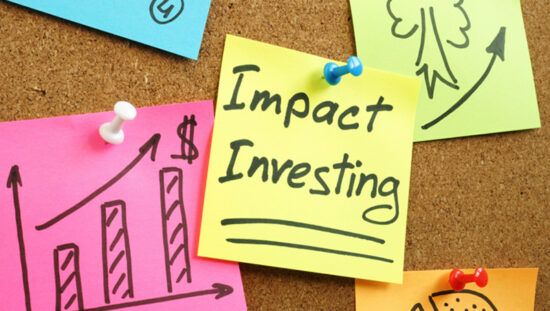A question I’m often asked is how do you affect system change when big business can seem so hard to move? I’ve always found the answer to be quite simple. Focus on small and mid-size enterprises (SMEs).
Withstanding the fact there are more than 400 million of them around the world, SMEs represent about 90% of businesses and more than 50% of employment worldwide. Formal SMEs contribute up to 40% of national income in emerging economies, with most formal jobs generated by SMEs creating seven out of 10 jobs.
SMEs are often cited as the lifeblood of innovation. However, research from the Organisation for Economic Co-operation and Development states that SMEs are, on average, less innovative than larger companies. The measure cited here was the median value in the national SME share of business research and development (in this case, 35%).
In isolation, that figure can be misleading given it doesn’t factor in the innovation of entrepreneurship. There are a staggering 100 million businesses started every year according to Global Entrepreneurship Monitor. Many of these businesses focus on new market products, services and interventions. In 2019, for example, the UK received £336m in venture capital investment for net-zero companies. Some 37% of all UK net-zero companies at that time were at an early stage of their growth, highlighting an impressive pipeline of new start up mission driven companies. In fact, in the UK in the first half of 2021 there were nearly 80 new businesses registered an hour.
SME definitions vary according to where you are in the world. This can make market research challenging and hard to get a true insight on the potential of this sector. In the US, the Small Business Administration classifies small businesses according to its ownership structure, number of employees, earnings and industry. For example, in manufacturing, an SME is a firm with 500 or fewer employees.
By contrast, businesses that mine copper ore and nickel ore can have up to 1,500 employees and still be identified as an SME. Regardless of nomenclature, and classifications, one thing is clear – SMEs have a large footprint in the global economy.
Sustainability role
With this being the case, there is a significant role for SMEs to play in shifting the global finance system towards future fitness given their economic footprint, employment footprint and geographic prevalence. The global SME employee footprint alone (90% of businesses and more than 50% of employment worldwide) gives SMEs the ability to influence human behaviour and a collective ability to change the status quo.
The growth of the B Corporation (B Corp) movement is a good example here. There are now more than 3,500 B Corps in more than 70 countries, fusing mission into their businesses, while balancing purpose and profit. Their growth rate in the UK is 28 times that of the national average. Membership globally is growing and the majority of these are SMEs. Although more and more, the B Corps movement is also attracting the attentions of large multinational companies looking to learn and pivot to future fitness, in part encouraged by the financial performance of this community but also inspired to seek change in their own businesses given the diversity of the B Corps movement, and their collective impact.
The significant number of SMEs that appear in the supply chains of larger businesses and collaboration among SMEs can lead to collective purchasing and negotiating power at the table of big business. Although still a relatively nascent development, SMEs in supply chains can find safety in numbers, economies of scale and power in unity.
As we look towards COP26 negotiations in November, and the growing imperative to create the conditions for the UN SDGs to be delivered, the role of big business in driving the change is undeniable. But let’s not forget the role and collective power of SMEs in moving the dial and creating the businesses of the future.








